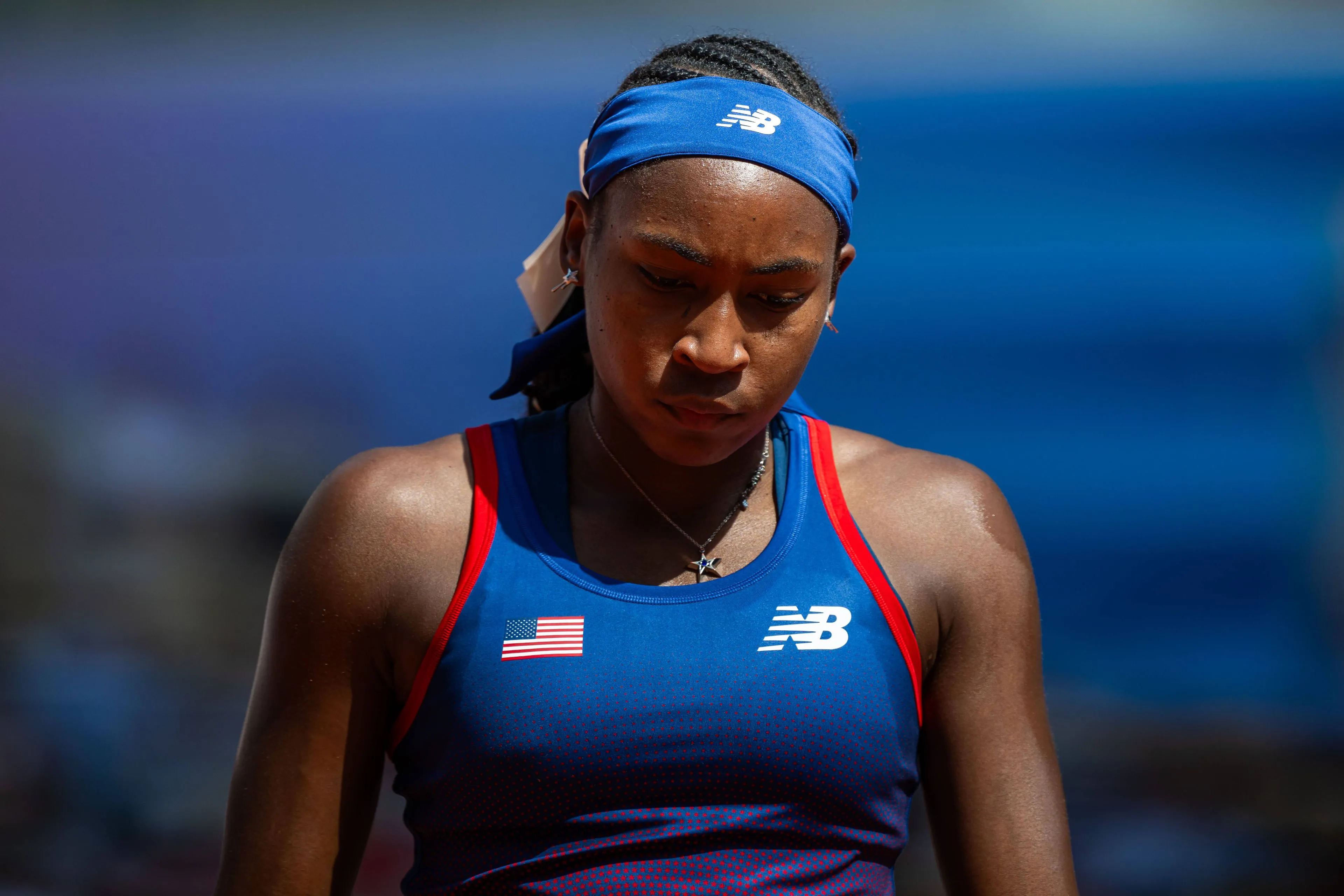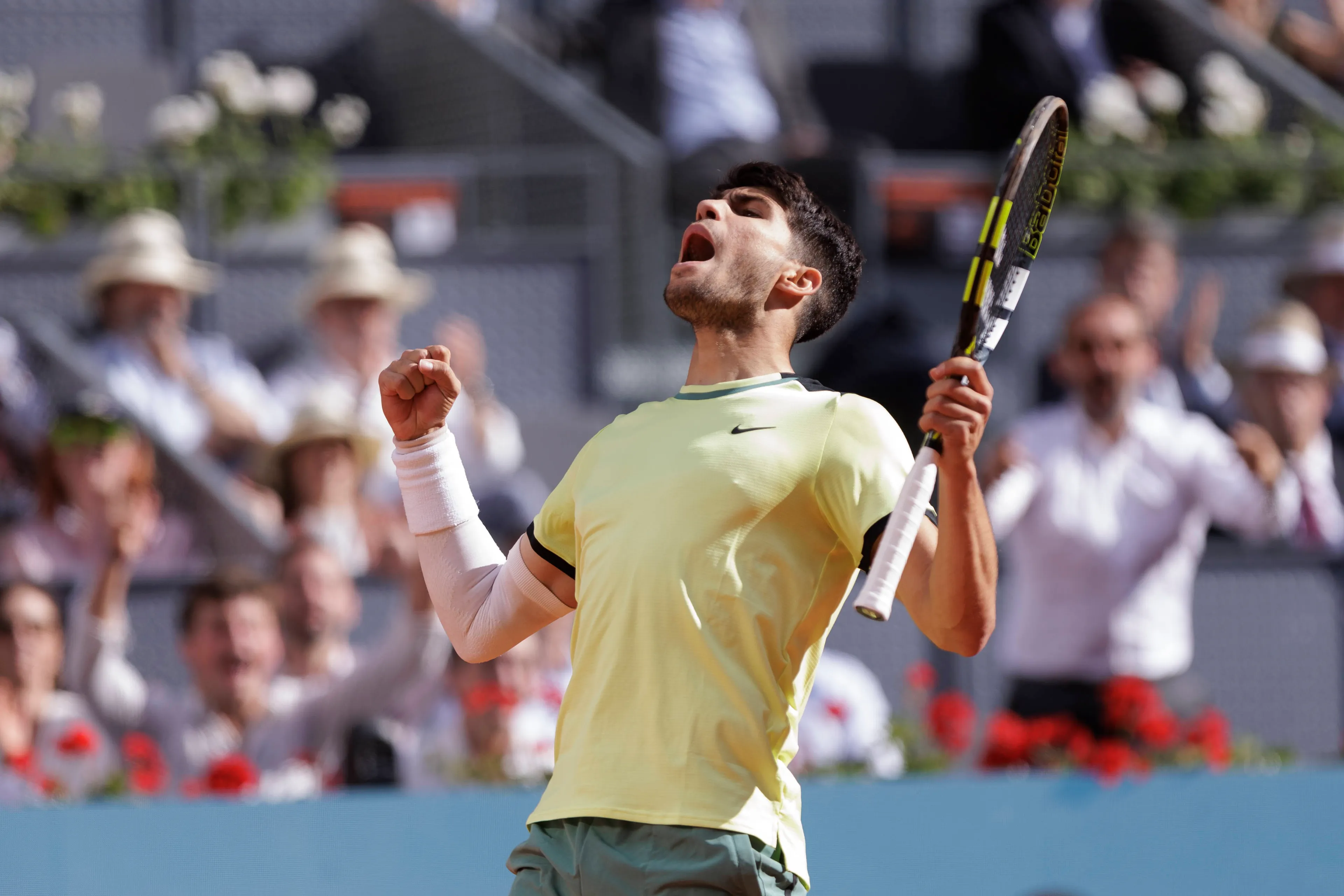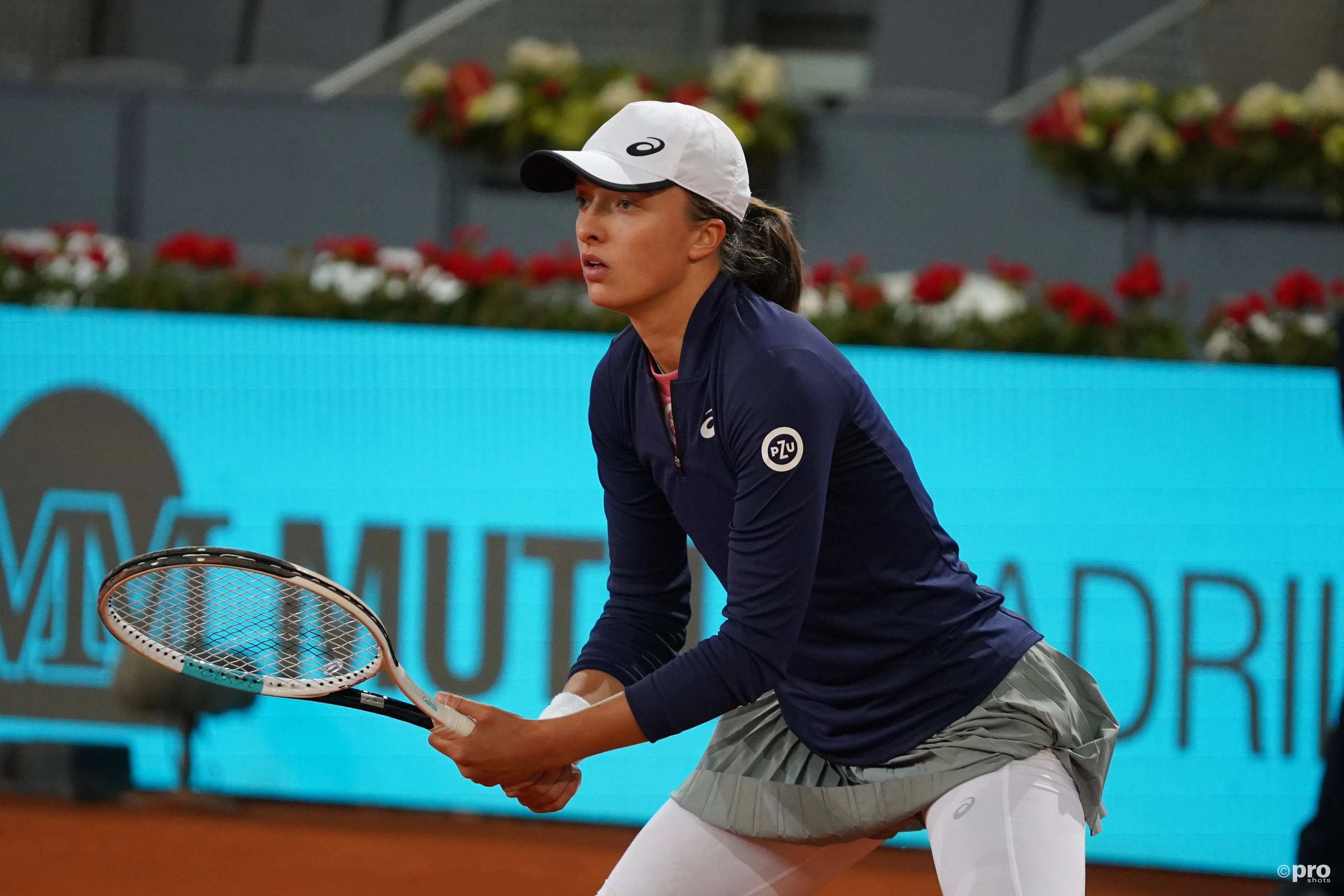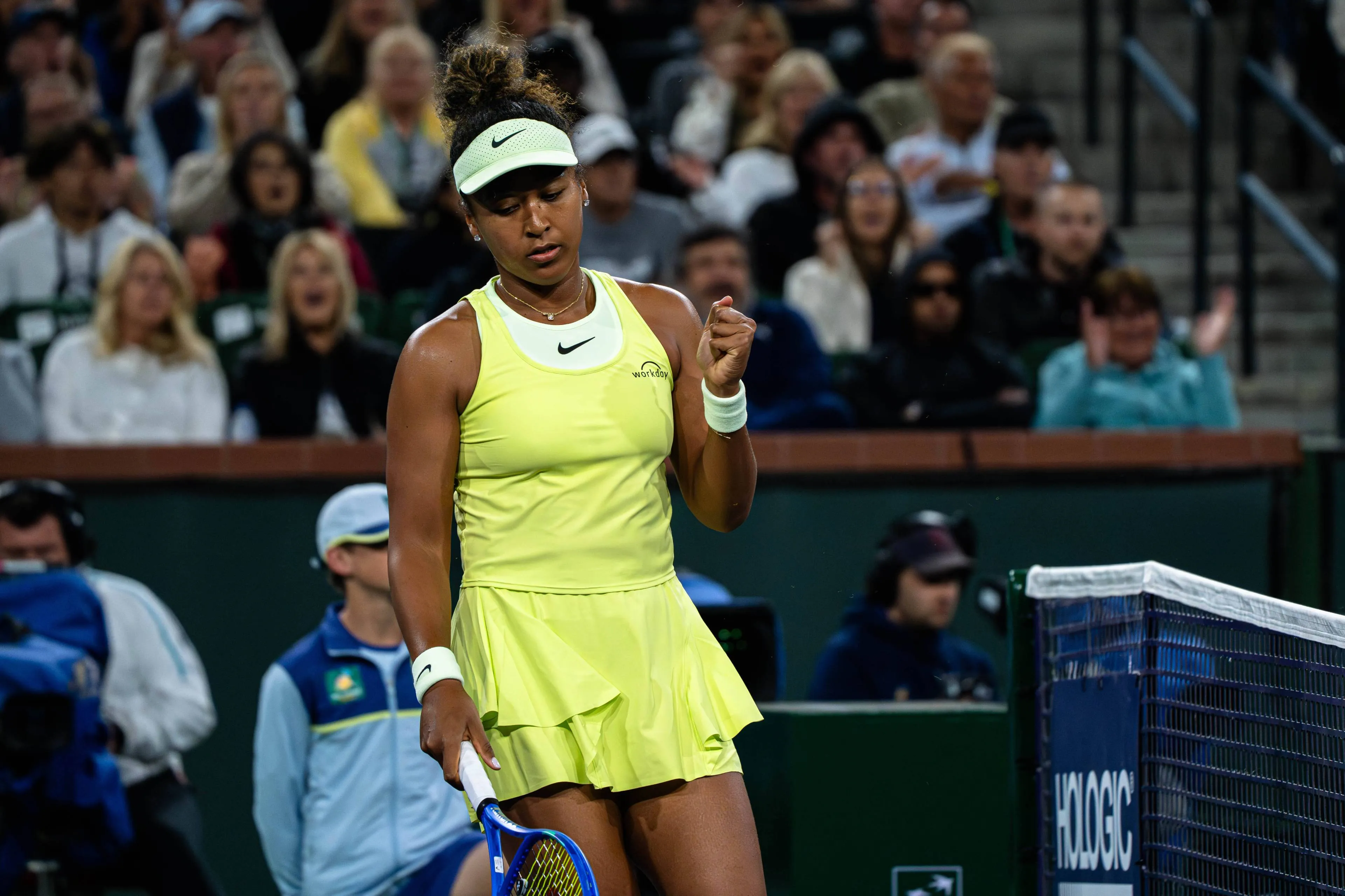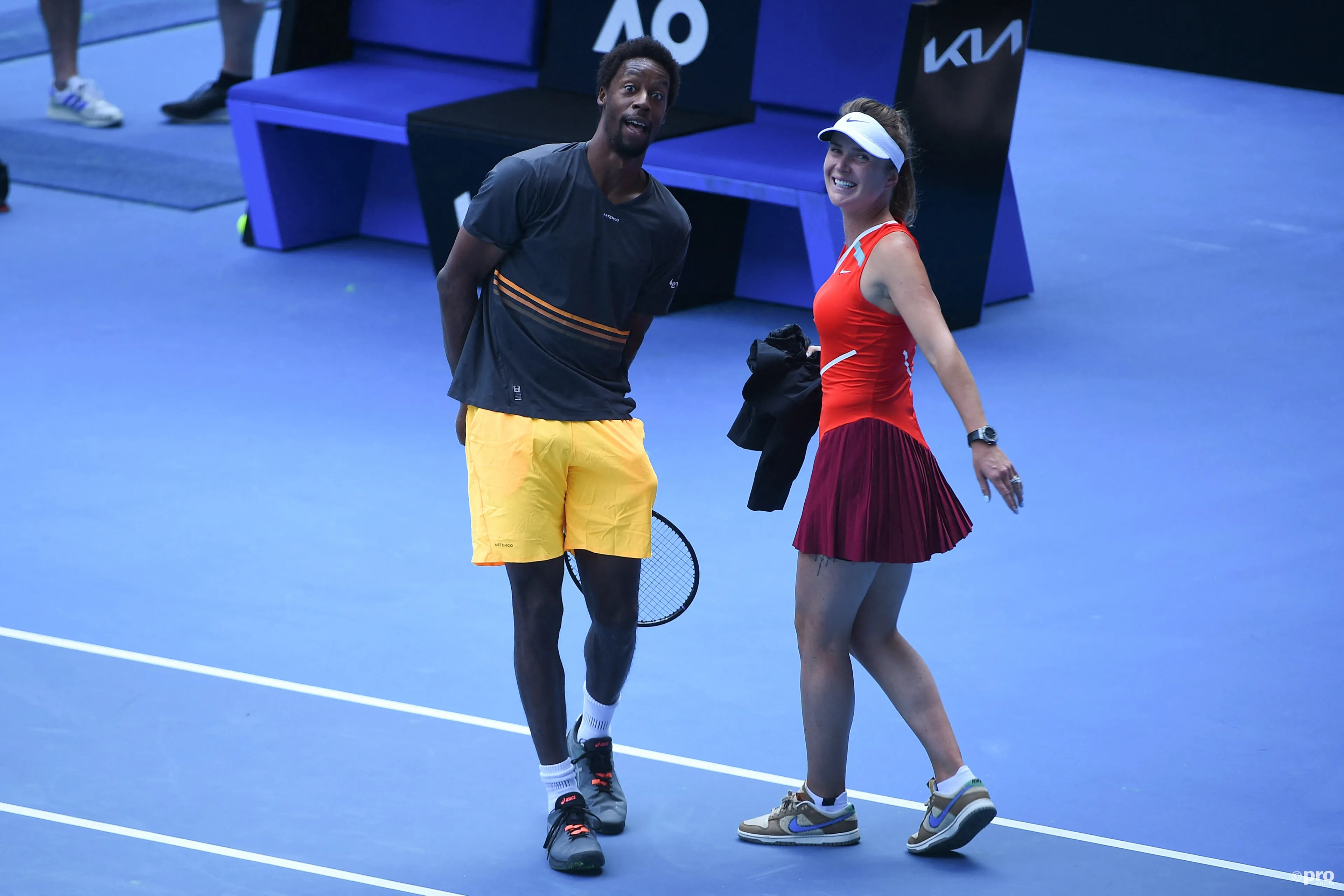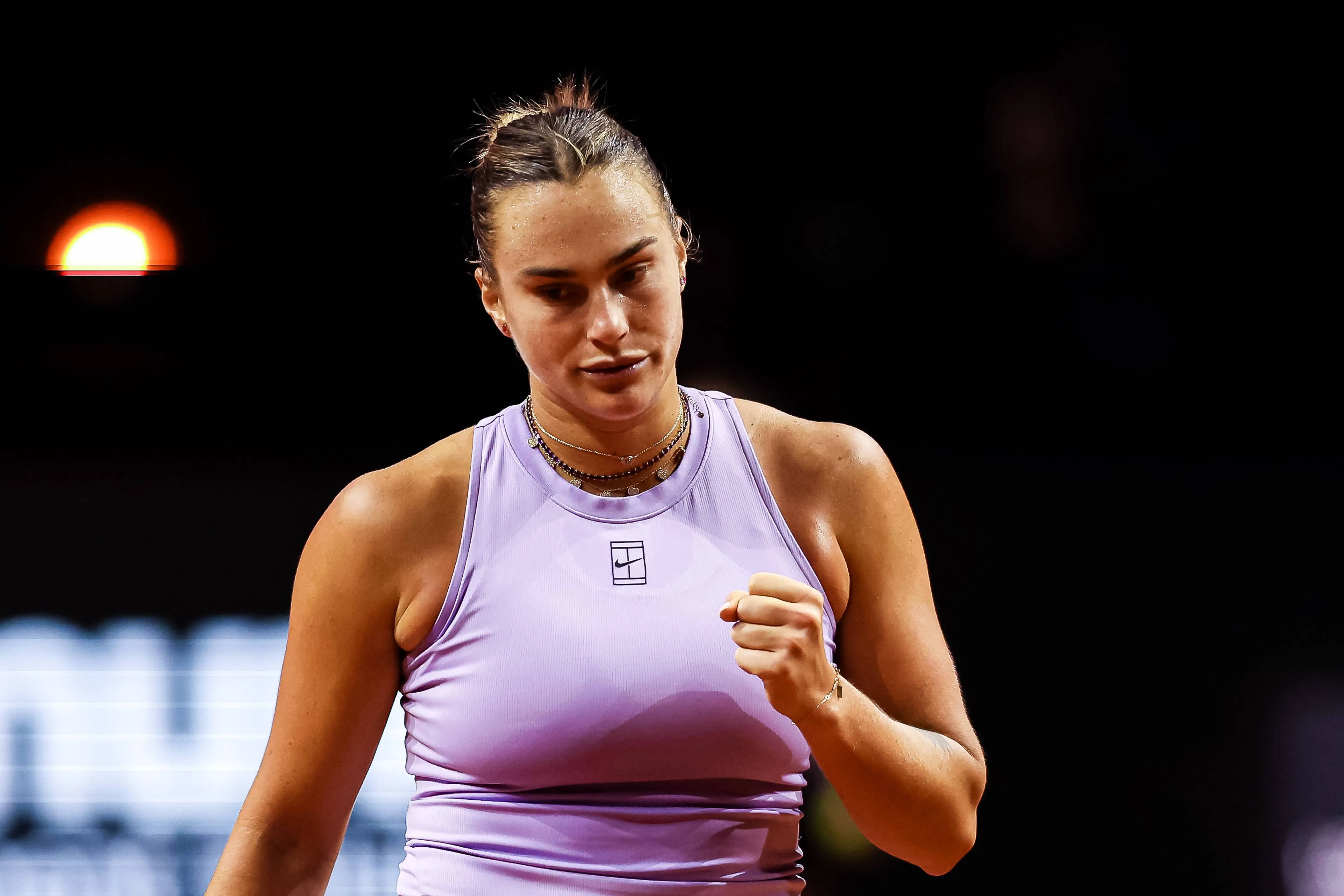ANALYSIS - Rafael Nadal: The legendary journey of the King of Clay
ATPSunday, 13 October 2024 at 12:04
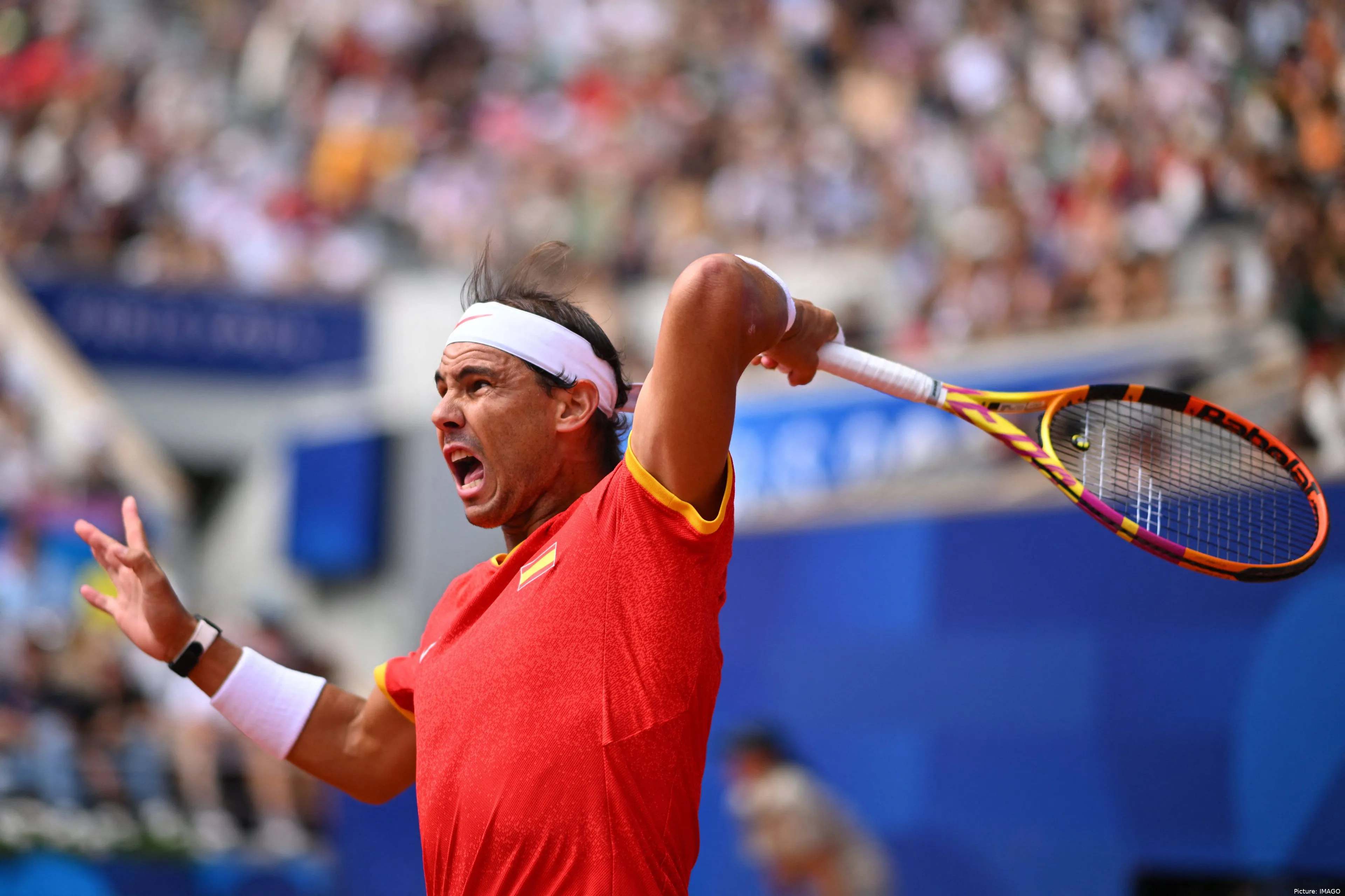
As Rafael Nadal prepares to close the final chapter of his illustrious career, the tennis world finds itself reflecting on one of the most incredible legacies the sport has ever seen. The news of Nadal’s impending retirement, confirmed to take place after next month's Davis Cup Finals, marks the end of an era. His departure will leave an indelible void, but his contributions to tennis will echo through time.
Let's take a look at the 22 time Grand Slam champion’s incredible career.
Read also
The end of a phenomenal era
Nadal will end his career on home soil, representing Spain in the Davis Cup Finals, an emotional and fitting farewell. Captained by his longtime friend David Ferrer, and possibly paired with fellow Spaniard Carlos Alcaraz, Nadal’s exit will be a poignant reminder of the camaraderie that has characterized his career.
Speaking on his decision to retire, Nadal stated on social media:
“Hello everyone, I'm here to tell you that I'm retiring from professional tennis. The reality is that it's been a difficult few years, especially these last two, I don't think I've been able to play without limitations. It is a decision that is difficult, that has taken me time to make, but in this life everything has a beginning and an end and I think it is the right time to put an end to what has been a long and much more successful career than I could have ever imagined.”
Nadal, born in Mallorca, Spain, 38 years ago, turned pro in 2001 and quickly became synonymous with greatness, particularly on clay. Over the years, he has cemented himself as one of the greatest athletes in sports history, not just for his 22 Grand Slam titles, but for the way he played the game, with passion, tenacity, and an indomitable will to win.
Read also
The beginnings of a legend
Nadal’s career is a collection of defining moments, but his talent was truly thrust into the spotlight at the French Open in 2005. At just 19 years old, the left-hander burst onto the scene and became the second man in history to win the tournament on his first attempt. As the world number five, Nadal defeated the legendary Roger Federer in the semi-finals, marking the start of what would become one of the most storied rivalries in all of sports. In the final, Nadal beat Mariano Puerta of Argentina to claim his first Grand Slam title. It was the start of an unprecedented run of dominance on clay, a surface where Nadal has since won a staggering 14 French Open titles, an achievement that will likely remain untouched.
The Wimbledon triumph of 2008
While Nadal had already established himself as the King of Clay, there were doubts about whether he could win a Grand Slam outside of Paris. Those doubts were put to rest in the summer of 2008, when Nadal captured his first Wimbledon title in what many consider the greatest tennis match ever played.
Nadal had fallen short twice before in Wimbledon finals, losing both times to Federer in 2006 and 2007. But in 2008, he finally broke through, defeating Federer in an epic five-hour battle that lasted into the twilight of Centre Court. With a final score of 6-4, 6-4, 6-7, 6-7, 9-7, Nadal won what is widely regarded as the greatest match in tennis history. It was his first Grand Slam title on grass and an iconic moment that symbolized his ability to transcend surfaces and emerge as a complete player.
Career Grand Slam: Australian Open and US Open Triumphs
By 2009, Nadal’s dominance was expanding beyond clay. He won the Australian Open, defeating Federer in a dramatic five-set final to secure his first Grand Slam title on a hard court. This victory made Nadal the first Spaniard to win the Australian Open and positioned him as a genuine all-surface threat.
In 2010, Nadal completed the Career Grand Slam, a feat achieved by only a select few in tennis history. By winning the US Open that year, he joined the ranks of tennis legends who had captured all four Grand Slam titles. This accomplishment solidified his legacy as one of the most versatile and adaptable players the game has ever seen.
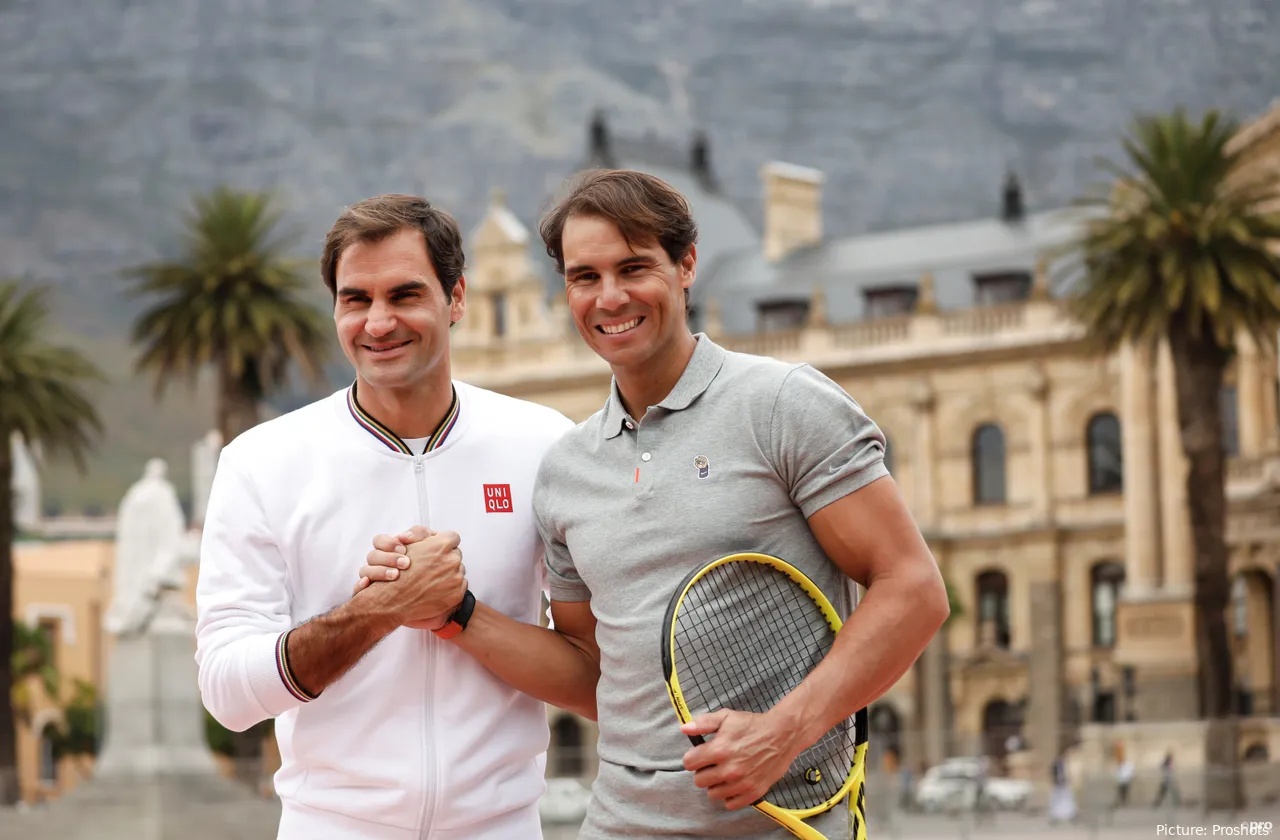
Federer and Nadal: some rivalry
Federer vs Nadal: More than a rivalry
Nadal’s rivalry with Roger Federer is one of the most compelling stories in all of sports. Their head-to-head record ended at 24-16 in Nadal’s favour, but their contests transcended numbers. Each match was a battle of contrasting styles: Nadal’s relentless, grinding baseline play versus Federer’s elegant, attacking tennis. Their rivalry, which began at the 2004 Miami Open, would become the centrepiece of tennis for over a decade, captivating fans with its high stakes and thrilling shot-making.
Nadal and Federer’s matches were not just competitions; they were lessons in sportsmanship, class, and mutual respect. Despite their intense battles, the two shared a deep admiration for one another, a rarity in modern sports. Their friendship was evident when Federer bid his own farewell to tennis in 2022, with Nadal standing by his side, both players in tears.
In a statement that sums up their unique bond, Nadal reflected: “I have spent so many hours with them and I have experienced so many moments that I will remember for the rest of my life.” The Nadal-Federer rivalry will be remembered as one of the greatest in sports, akin to Ali-Frazier or Messi-Ronaldo, and their absence will undoubtedly be felt on tour.
What made Nadal so good on clay?
It’s a question that has dominated tennis headlines in the 21st century. There are several reasons for his unparalleled success on the red dirt. First, his movement on clay was unlike anyone else’s. His ability to slide into his shots, coupled with his incredible footwork, allowed him to track down balls that seemed impossible to reach.
Second, Nadal’s heavy topspin forehand was tailor-made for the slower clay surface. The extreme spin on his shots pushed his opponents far behind the baseline, forcing them into defensive positions. His physical strength and endurance also played a crucial role, as matches on clay often turned into brutal battles of attrition, conditions in which Nadal thrived.
His mental toughness was perhaps his most defining attribute. On countless occasions, Nadal fought back from the brink of defeat, grinding down his opponents with his relentless determination. His career record on clay, where 63 of his 92 ATP titles came on this surface, speaks to his absolute mastery. And the 2022 French Open will now be remembered as the final time tennis fans were blessed to watch Nadal master the clay.
At 36 years old, Nadal proved that age was just a number when he captured his 14th French Open title in 2022. A year earlier, he had been defeated in the semi-finals by Novak Djokovic, leading some to wonder if his reign at Roland Garros was nearing its end. But Nadal silenced those doubts with a dominant performance, defeating Norway’s Casper Ruud in the final to become the oldest French Open men’s singles champion.
The victory was a testament to Nadal’s resilience and unbreakable spirit. Even in the twilight of his career, he remained untouchable on the clay courts of Paris, further solidifying his status as the greatest clay-court player the world has ever seen.
Goodbye to a legend
As Nadal prepares to bid farewell to the sport he has dominated for over two decades, his legacy is secure. He is more than just a tennis player; he is an icon of sport in its entirety, and an idol for those who wish to master both their sport and sportsmanship. Nadal’s career has been defined not only by his 22 Grand Slam titles, his Olympic gold medal from 2008, and his five year-end world number one rankings, but by the way he has carried himself both on and off the court.
In his own words: “I feel very, very lucky for all the things I've been able to experience. I want to thank the whole tennis industry, all the people who make up this sport, my teammates for so many years, especially my great rivals.”
As the curtain falls on Rafael Nadal’s legendary career, the tennis world will forever remember him as a true champion, a warrior, and a symbol of what it means to compete with passion and honour. His legacy will inspire future generations, and his contributions to the game will never be forgotten.
claps 0visitors 0
Just In
Popular News
Latest Comments
- Well, that was ... all about nothing. Every excuse and future workout plan mentioned should have been dealt with a long time ago. R.I.P., Mark Petchey.
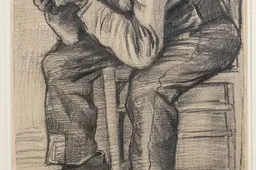 mandoist22-04-2025
mandoist22-04-2025 - I hope Marion Bley is the Chair Ump for the Final. It would be Karma Served for Saba after her disrespectful 'performance' in the semi.
 mandoist21-04-2025
mandoist21-04-2025 - Coco needs to stop the Williams Hero Worship and play like 'Coco'.
 mandoist19-04-2025
mandoist19-04-2025 - Didn't expect issues between these two...SakkariFan2318-04-2025
- Send her a crate of deodorant DoveSakkariFan2318-04-2025
- Good to see, hopefully Sakkari can return to the form she deserves.SakkariFan2318-04-2025
- Shame no play on Friday but some line-up incoming..SakkariFan2318-04-2025
- Zverev's reaction lacked a bit of class this time around. He handled it better in Australia.MrAndreeva18-04-2025
- Funny from Dove & a corporate rarity.MrAndreeva18-04-2025
- Well, we all surely appreciate this bit of nothing. Go feed your kids.
 mandoist17-04-2025
mandoist17-04-2025
